
Are Hob Sizes Standard? A Simple Guide to Fitting the Right Hob
Choosing a new hob or replacing an old one often raises a simple but important question: are hob sizes standard? The short answer is both yes and no. While many hobs follow common size conventions, there are important variations to be aware of. This guide breaks down everything you need to know to ensure your new hob fits perfectly.
What Do We Mean by 'Standard' Hob Sizes?
When people talk about “standard” hob sizes, they’re usually referring to the width of the hob, as this affects how well it fits into a standard kitchen worktop. Most kitchen units in the UK are built to accommodate standard appliance widths, but that doesn’t mean all hobs will fit the same cut-out.
The key dimensions to consider are:
- Overall width: the total horizontal measurement of the hob
- Cut-out size: the actual hole in the worktop that the hob slots into
Different brands may have slight variations in depth, height, or required clearance, so always check the full specification.
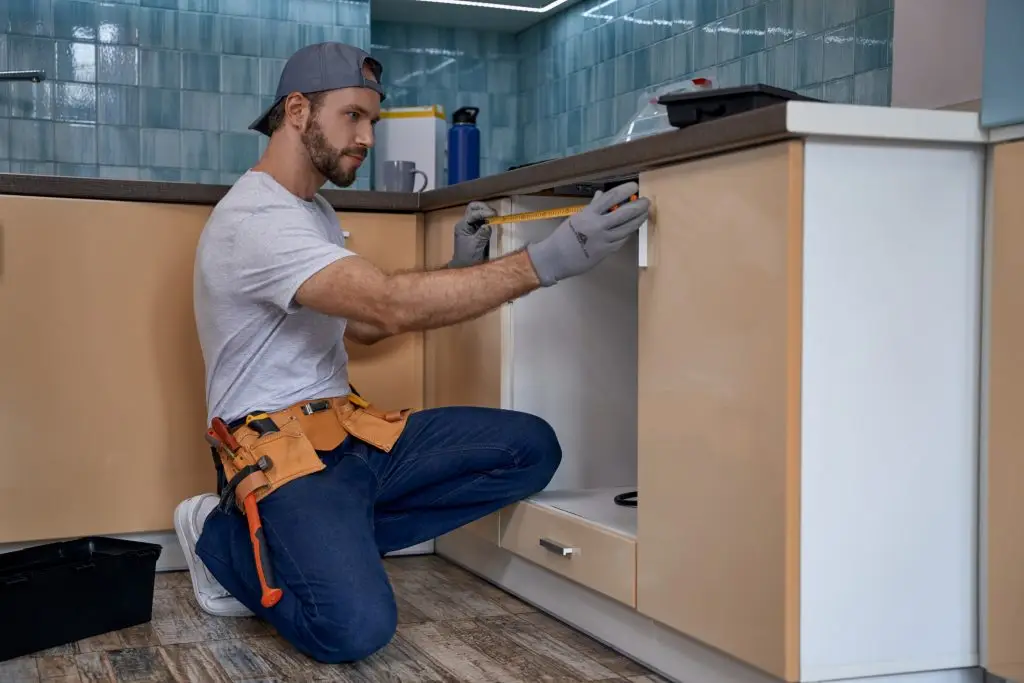
Common Hob Sizes in the UK
Here’s a quick overview of the most common hob sizes you’ll find in UK kitchens:
- 30cm – Known as domino hobs; ideal for compact spaces or secondary cooking zones
- 60cm – The most popular size, suitable for most kitchen layouts and typically offering 4 cooking zones
- 70cm to 77cm – Offers a bit more space, usually with 4 or 5 zones and a roomier layout
- 90cm – A premium choice for large kitchens, often with 5+ zones and professional-style features
Depth is generally around 50–55cm, and height tends to be 4–6cm, although these aren’t as crucial unless fitting over drawers or appliances.
Cut-Out Sizes vs Hob Dimensions
This is where many people get caught out. Even if two hobs are both 60cm wide, their cut-out dimensions might not be identical. Manufacturers may require different allowances depending on the model’s design, materials, and ventilation needs.
Always consult the installation manual for precise measurements. Relying on the external width alone isn’t enough. Replacing a hob without checking cut-out size could lead to expensive mistakes or modifications.

Built-In vs Integrated vs Freestanding Hobs
Hobs come in a few different installation types, and each has implications for sizing:
- Built-in hobs: The most common type; designed to be mounted into a cut-out in your worktop. Size refers to the surface dimensions.
- Integrated hobs: Less common; may be part of a combined unit (like hob + oven). Dimensions can vary.
- Freestanding cookers: Include the hob on top of an oven; sizing relates to the whole appliance, not just the hob.
Matching Your Hob to Your Kitchen
Before buying a new hob, take a moment to measure and double-check the following:
- The width of the cabinet underneath
- Available space on the worktop
- Existing cut-out dimensions if replacing an old hob
- Clearance from walls, splashbacks, or other appliances
- The depth of the hob if fitting above drawers or an oven
Also, consider ventilation requirements. Some induction hobs require extra clearance underneath or around the sides for airflow.

Can You Replace a Hob with a Different Size?
Yes, but it depends. If the new hob is larger and your worktop allows it, you can simply widen the cut-out. If it’s smaller, things are trickier—you might need to fill or adjust the worktop opening, which could involve a carpenter or kitchen fitter.
In either case, always ensure the electrical or gas connections match up and comply with UK safety regulations. When in doubt, get a qualified installer involved.
Summary – Are Hob Sizes Really Standard?
There’s no single standard size that fits all. However, most hobs follow common widths (60cm, 70cm, 90cm) to match UK kitchen designs. What’s not standard is the cut-out size and specific installation requirements.
Always check the manufacturer’s specs before buying, especially if you’re replacing an old model. With a bit of planning and accurate measuring, you’ll avoid surprises—and get the perfect fit.
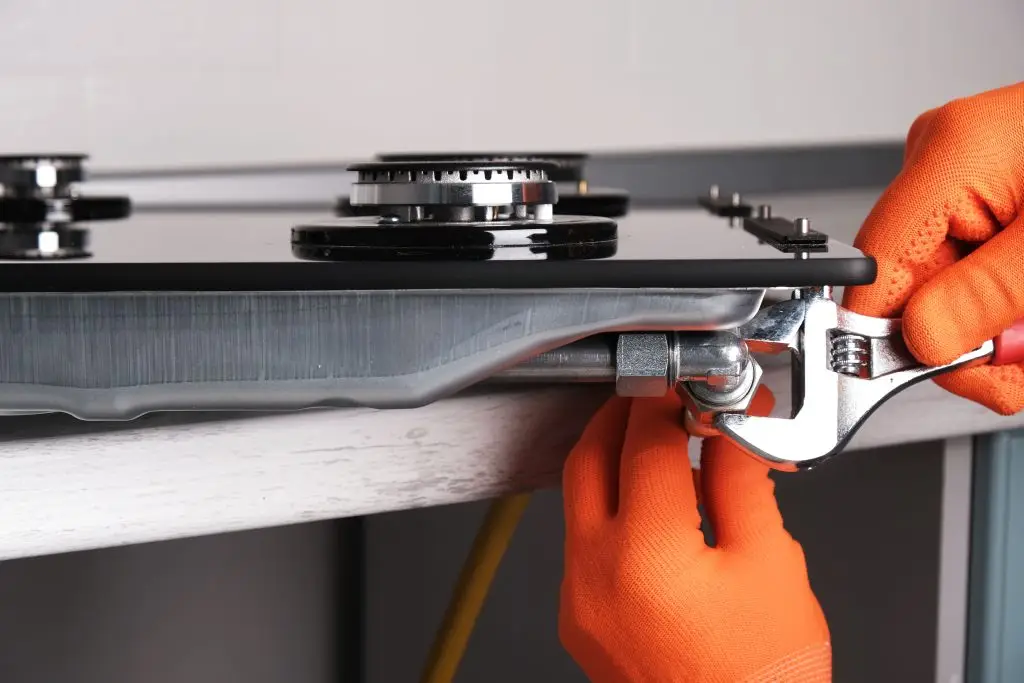
Frequently Asked Questions
Are induction and gas hobs the same size?
Not always. While induction and gas hobs often follow similar width categories (like 60cm or 90cm), their depth and ventilation requirements can differ. Always consult the product’s technical specifications before choosing a model.
Is there a universal cut-out size for hobs?
No. Even if two hobs are the same width, their cut-out sizes can vary by brand and model. This is why it’s essential to check the installation guide for precise measurements before replacing or fitting a new hob.
Can I replace my hob with a larger or smaller one?
Yes, but it depends on the situation. Replacing with a larger hob often just requires widening the cut-out. Fitting a smaller hob may need adjustments or filler panels to make up the gap. A professional installer can advise the best approach.
Do I need a professional to fit a hob?
For gas hobs, a Gas Safe registered engineer is legally required in the UK. For electric or induction hobs, a qualified electrician is strongly recommended, especially if changes to wiring or cut-outs are needed.
- All Posts
- Cooker Hood Guides & Advice
- Hob Guides & Advice
- Oven Guides & Advice
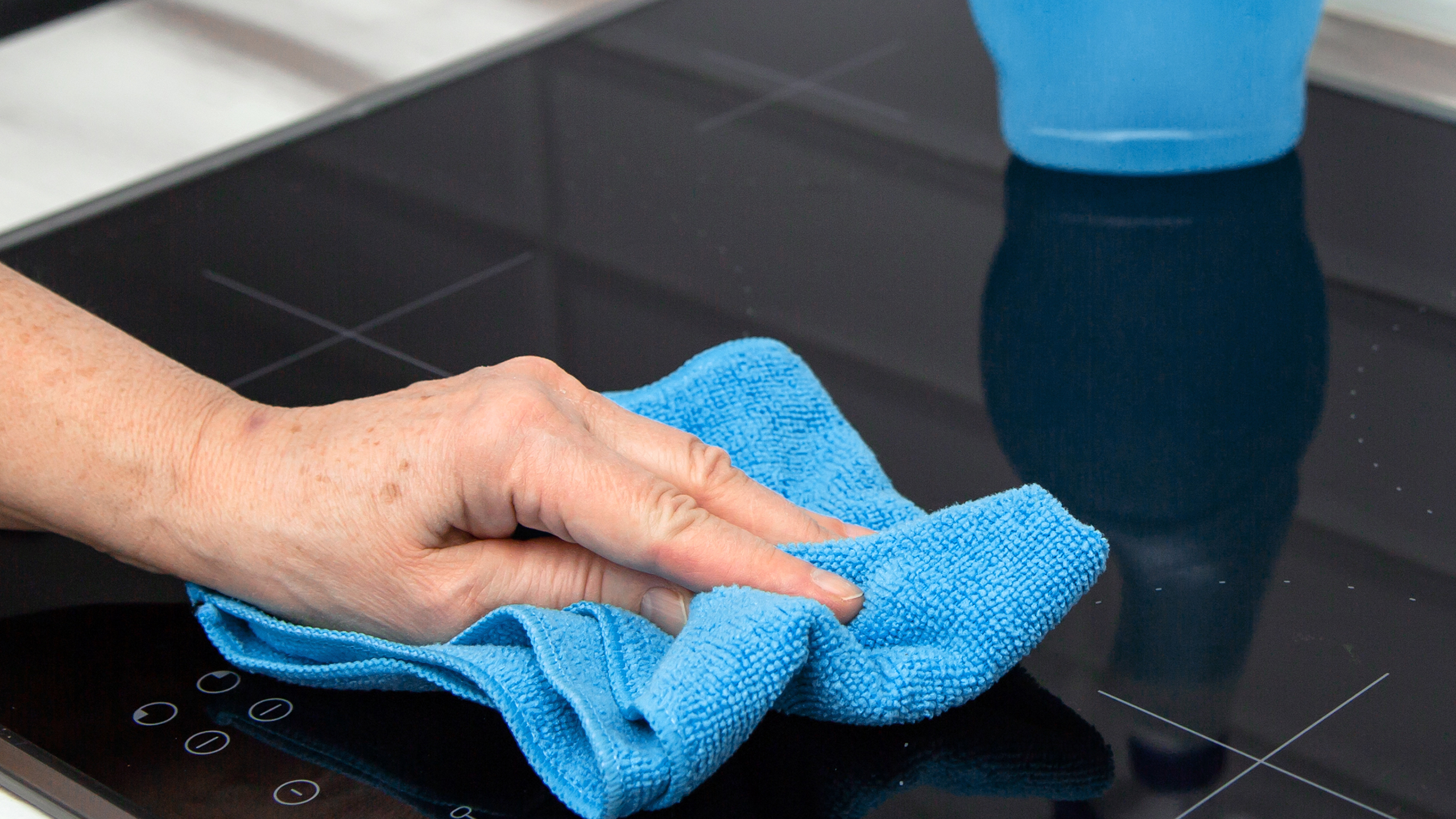
Learn how to clean your induction hob safely and effectively with our quick, step-by-step guide. Keep your kitchen spotless—read now!

Find out which hob type is the cheapest to run. Compare gas, induction and electric to save on your energy...

Learn how to use an induction hob with this simple guide. Discover tips, safety advice, and cooking techniques. Start cooking...

Wondering if hob sizes are standard? Learn what to expect and how to choose the right size for your kitchen....

Keep your extractor running efficiently. Learn how to clean and replace cooker hood grease filters with our step-by-step guide. Quick...

Discover the pros and cons of double and single ovens to find the best fit for your cooking style. Read...
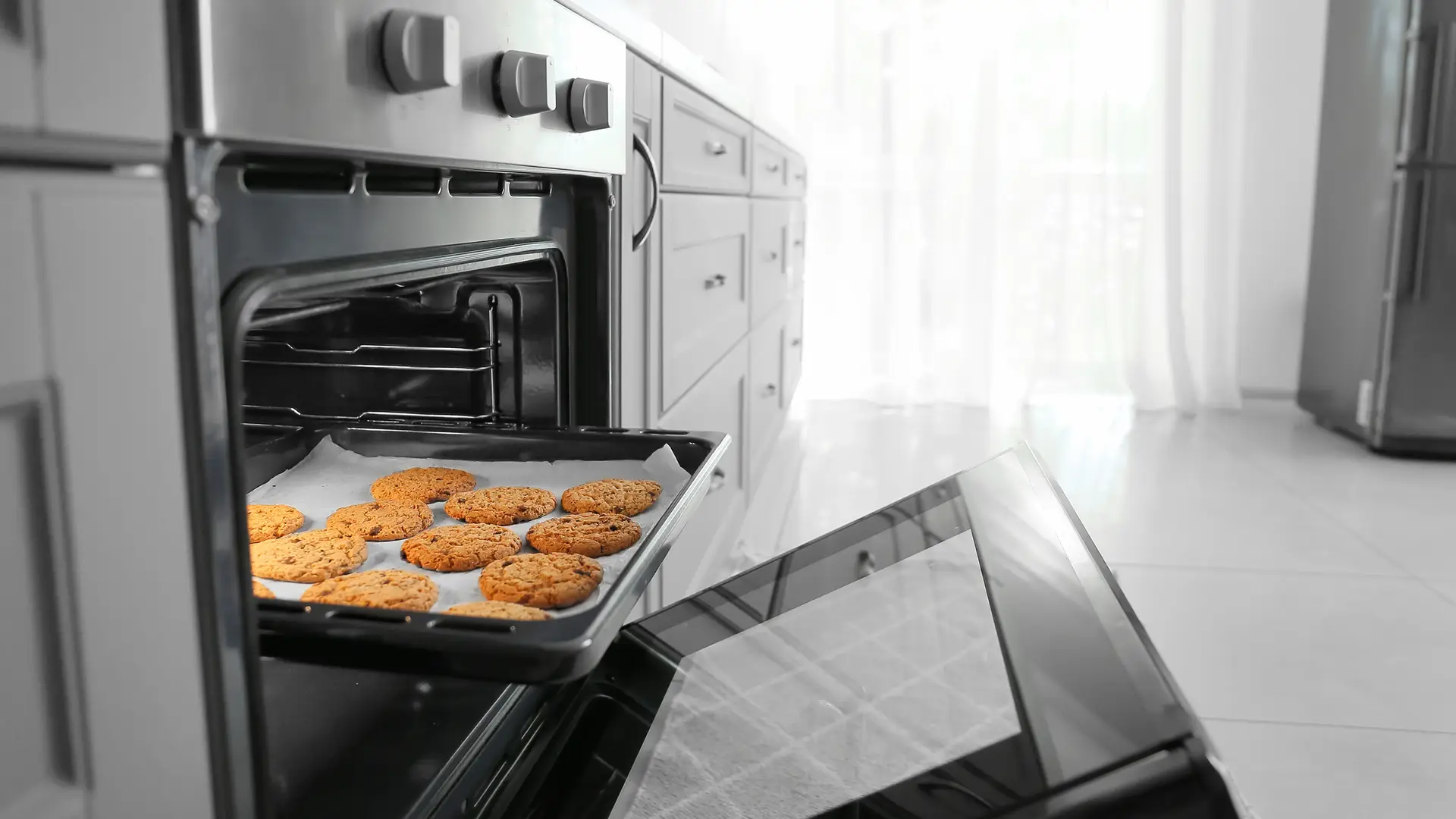
Ovens are essential in most kitchens, yet many of us don’t fully understand how they work. Whether you’re a home...

Wondering what oven temp keeps food warm safely? Learn the ideal temperature to hold food without drying it out. Read...
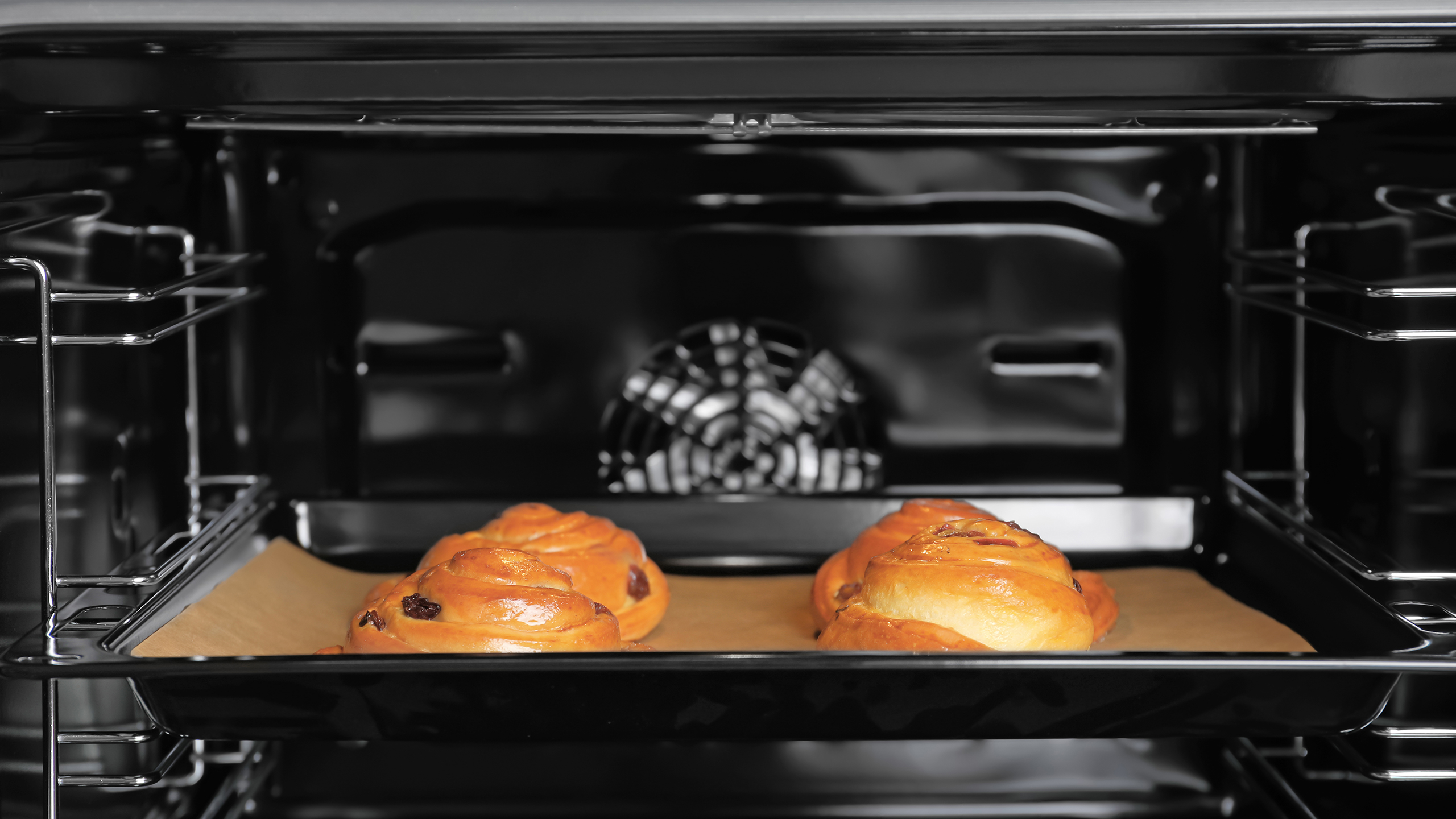
Fan ovens have become a popular choice in modern kitchens, thanks to their efficiency and consistent cooking results. But how...